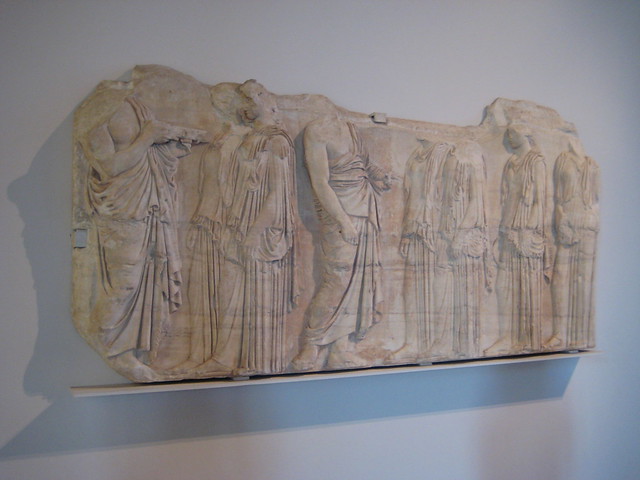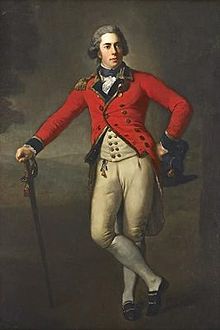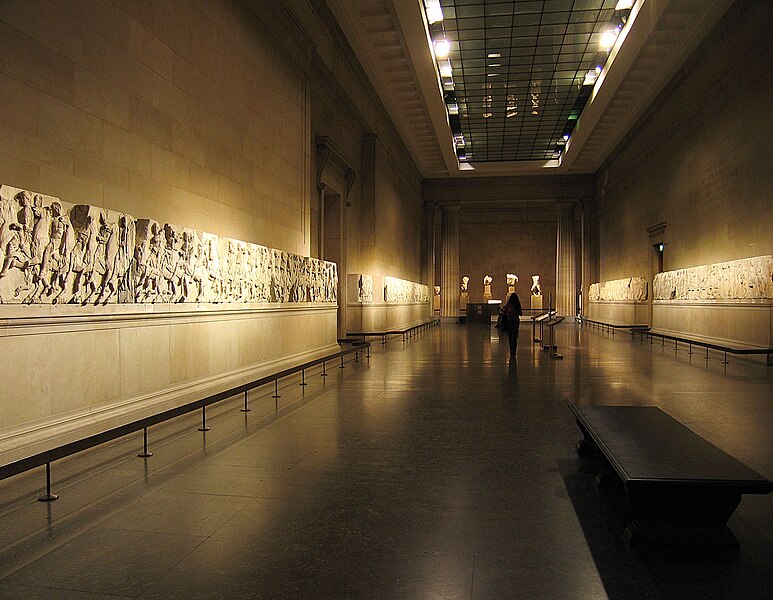PARTHENON MARBLES: HOW THEY WERE REALLY NICKED

In 1887, one of the most popular books to be published in France was Plus d’ Angleterre, or “Down with England.” Its plot, a fantasy of revenge, involved a war with Britain over Egypt, which ends with France depriving Britain of its colonies and confiscating the Parthenon marbles. This, according to the reading public, would be just recompense for an eventual British ascendancy after approximately one hundred years of intermittent warfare, that saw both the French revolution and then the Napoleonic Empire humbled. The rivalry between Britain and France extended not only in spheres economic or political but also archaeological. As far back as the days of the ancien regime, French and British agents vied with each other to acquire great works of art in order to bolster their own national prestige. It is in this context that the removal of the Parthenon Marbles should be placed, within a competition between two world powers, who in a race against time and each other, stripped another land of its cultural heritage, in order to outdo each other. France’s almost successful acquisition of the marbles, aroused the acquisitiveness of the British who determined that the French should not have them and thus beat them to it. The story of the ravaging of the Parthenon is not so much a story of the greed of one man but rather, of an imperialistic and colonialist zeitgeist that saw superpowers appropriate for themselves, symbols of their own legitimacy and power, while at the same time, riding roughshod over the rights of the civilizations whose tenets and values they purported to espouse.
In 1796, Napoleon Bonaparte in a precursor of Adolf Hitler’s pillaging of European art, rampaged through Italy, seizing hundreds of works of art and forcing princely families to sell their collection in order to defray French occupation costs of their land. The treasure hunt was extended beyond Europe. Napoleon’s 1798 Egyptian invasion was cultural as well as military, with 160 scientists and artists forming an institute to carry out “a veritable conquest…in the name of the arts.” The Rosetta stone, written in Greek and Egyptian and the key to deciphering hieroglyphics was their greatest archaeological find. When the French army surrendered to the British, it was allowed to keep its notes and specimens of animals but not manuscripts or antiquities. When General Menou tried to retain the Rosetta stone, it was seized by a British detachment, commanded by a keen antiquarian colonel, who took it to the British museum. To the chagrin of the French, the British proceeded to beat them to the Assyrian antiquities of Mesopotamia as well.

The greatest cultural tussle between the two superpowers, however took place in Greece and contrary to common belief, it was not the British but rather, the French who first conceived of denuding Greece of its ancient monuments. The French ambassador appointed to the Ottoman court in 1783, the Comte de Choiseul-Gouffier was an avid collector, and he instructed his agent, the artist Fauvel to: “Take away everything that you can. Miss no opportunity to pillage Athens and its territory of all that is pillageable.” Covetous eyes had long been cast on the statues, external panels and internal frieze of the Parthenon itself. Though seriously damaged by the Venetian war and vandalism, and increasingly dilapidated by the illegal sale of fragments of sculpture to tourists, this was not yet “pillegeable” on a large scale, though Fauvel did manage to acquire some fallen pieces of the edifice, which can now be found in the Louvre. War provided a new opportunity. The Ottoman empire needed British help against the French and the young ambassador, the now infamous Lord Elgin attained an unprecedented position of favour. He and his agents were given permission to enter the Acropolis to make drawings and casts, to excavate, and “to take away sculptures or inscriptions.” The original intention apparently, was not to remove pieces from the building, but this gradually began regardless, with the ‘negligent acquiescence’ of the Turkish authorities.
Elgin, knowing that the French were after the Parthenon marbles, decided to remove as much of them as he could. Appropriately, he used equipment, including a huge cart, made by Choiseul-Gouffier for that very purpose. He was not a connoisseur: his attitude was similar to Napoleon – that this was a question of national prestige. In August 1801, his chaplain was able to report that: “these admirable specimens… which have repeatedly been refused to the gold and influence of France in the zenith of their power,” were aboard ship. By June 1802, Lady Elgin was confident that: “We yesterday got down the last thing we want from the Acropolis, so now we may boldly bid defiance to our enemies.” The end of the Franco-Turkish war and the return of French diplomatic influence came just too late. Much that had not been removed, was subsequently deface or stolen by swarms of souvenir hunters. Elgin, travelling home through France, was arrested and interned when war resumed in 1803, and was treated with some rigour. He believed Napoleon was trying to force him to cede his collection to France. The finest part was still in Athens and French agents, now allies of Turkey, were determined to get hold of it. They succeeded with some small pieces, which they dispatched overland to the Louvre, where they remain, but the huge marbles could only be moved by sea, where the French were powerless, owing to the British naval blockade. It took another reversal of alliances during 1810 and 1811 to enable Elgin to ship over fifty heavy cases of marbles to England. These included the very best of the Parthenon sculptures. The one intact panel secured by the French was captured at sea by the Royal Navy, and is now also in the British Museum.
Despite his augmentation of British national prestige by removing the marbles under the noses of the French, Elgin was violently denounced for vandalism and theft, most famously by Lord Byron, lover of Greece and admirer of Napoleon. Further, as if in proof of the retributive capacities of divine providence, he did not go unpunished for his deeds. His marriage collapsed and his family was ruined for two generations by the huge expenses he had incurred, which the British government refused to defray. To escape his creditors, he ironically spent his last years in France.
Understanding that it was the cultural rivalry between France and Britain that caused the vandalism of one of them most important buildings of world civilization facilitates the development of alternate strategies for redressing a great historical wrong. Rather than focusing on the British and the bulk of the collection, which forms one of the main attractions and sources of revenue for the British Museum, why not focus our efforts on securing the return of the small French fragments that remain in the Louvre? It would hurt the Louvre not a bit to return these inconspicuous portions, and a France that has lost its miniscule section of the Parthenon Marbles, could be easily enlisted as a vociferous, if albeit self-righteous exponent for the return of the British-held marbles, under the principle that: “if we have had to give back our marbles, so should you.” Let the rivalry recommence. Allons-y!
DEAN KALIMNIOU
kalymnios@hotmail.com
First published in NKEE on Saturday 19 January 2013



<< Home